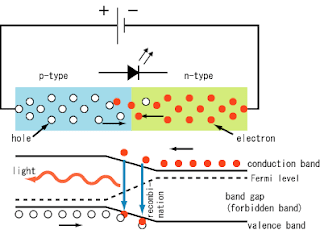I have to do extensive ZEMAX work to start my semi-new job. Had some non-sequential mode experience but now I really have to use sequential mode, and optimization and tolerancing functions. The first two tasks are aspheric collimating lens for diode and fiber-coupling. Now let me start to accumulate the little rules/tips of ZEMAX:
1. When defining a sequential system, the first parameter to set is
aperture. Some aperture types are:
a.
Float by stop size: defined by the radius of the stop surface. This type of aperture is used when the stop surface is a real, unchangeable aperture buried in the system, for example, fiber coupling.
b.
Object cone angle: defined by the half-angle in degrees of the marginal ray in object space. This can be used when designing a collimating lens for a diode laser.
(Ref[1], page 63)
2.
Afocal system [2]. The strict definition of an afocal system is a system in which both object and image conjugates are at infinity. For example, a laser beam expander in which both input and output beams are collimated. In Zemax, as long as the image conjugate is at infinity, the system is afocal. For example, when designing a diode collimating lens, one will choose "Afocal image space" in Aperture settings:

3.
Apodization type. This describes amplitude variation of the pupil illumination. Gaussian apodization is what a laserist often uses:
Here
ρ is the normalized pupil coordinate, i.e.,
ρ = 0~1 from the center to the edge of the pupil.
G is the apodization factor. If
G = 1, the amplitude at the edge of the entrance pupil falls to 1/e of the center value (intensity falls to 1/e
2).
So the marginal ray represents the 1/e2 ray.(Ref[1] page 64)
Marginal ray: is the ray that travels from the center of the object, to the edge of the entrance pupil, and onto the image plane.
(Ref[1] page 30)
References:
[1] ZEMAX user's guide Jan 2003
[2] Mark Nicholson, ZEMAX users' knowledge base - How to design afocal systems. http://www.zemax.com/kb/articles/36/1/How-to-Design-Afocal-Systems/Page1.html






